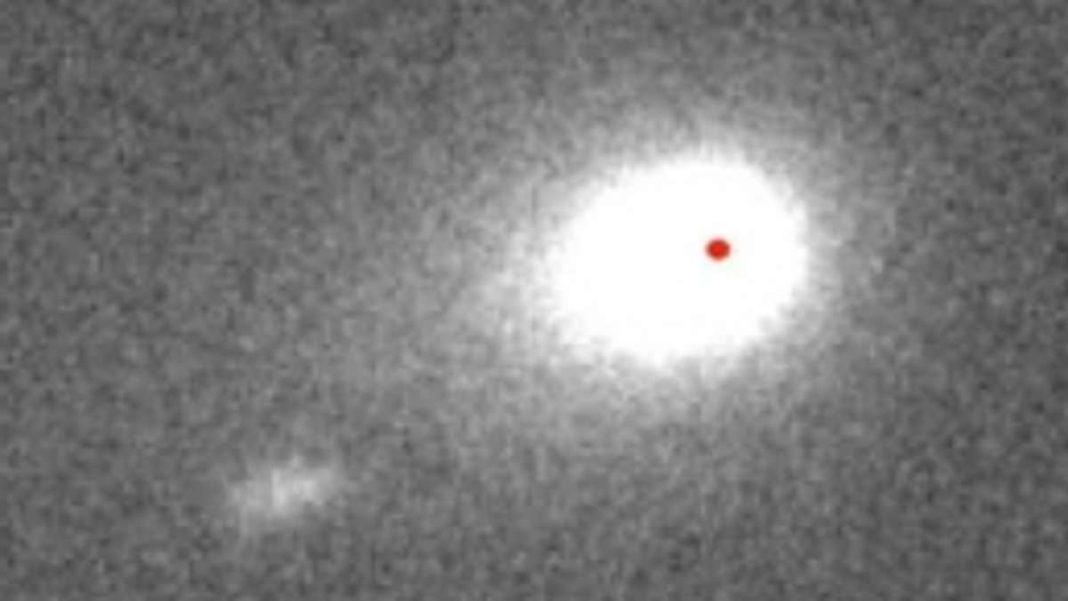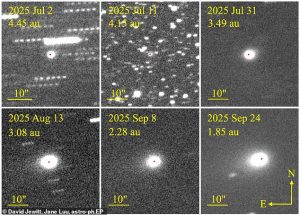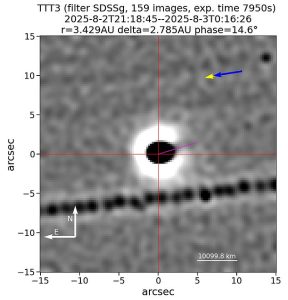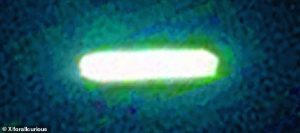Interstellar Mystery Object to Reveal True Nature Within Hours
A mysterious interstellar visitor traveling through our solar system may finally reveal whether it’s a natural comet or an artificially constructed craft within hours as it emerges from behind the sun.
Key Takeaways
- 3I/ATLAS reaches closest point to sun (perihelion) on October 29
- Trajectory changes upon emergence could indicate artificial propulsion
- Object shows both comet-like features and unexplained anomalies
- Scientific community divided between natural and artificial explanations
The Great Debate: Comet or Alien Craft?
While most astronomers believe 3I/ATLAS is a comet from another solar system, Harvard physicist Avi Loeb has consistently argued it could be an “alien mothership.” The three-mile-long object has been hidden behind the sun since last week, creating an observational blind spot.
Scientists await its emergence to observe its trajectory. Any significant shift in course could indicate the object is using the Oberth effect – a space maneuver where engines fire closest to massive bodies for maximum speed change.
Conflicting Evidence
The object displays classic comet characteristics including a tail and coma (gas and dust cloud). However, several anomalies challenge this explanation:
- Tail reversal: 3I/ATLAS performed a dramatic tail shift from pointing toward the sun to pointing away
- Minimal mass loss: Only 2 million tons melted away despite approaching the sun, a tiny fraction of its estimated 33 billion ton mass
- Nickel coating: The object appears coated in nickel without accompanying iron – unprecedented in natural comets
“Nobody understands how nickel can be released into the gas form… that’s a puzzle,” Loeb told the Daily Mail.
Nickel is used in human spacecraft for heat shielding, and pure nickel alloys are only known in industrial manufacturing contexts.
The Scientific Divide
Astronomer Michael Jäger maintains a more conservative view: “Even though there were some unusual things about this comet, I still assume that we are observing a comet here.”
Jäger notes that 3I/ATLAS hasn’t changed its calculated course or speed significantly, and even if it splits apart – as comets sometimes do – that wouldn’t be unusual behavior.
The coming hours will provide crucial data as 3I/ATLAS emerges from its solar blind spot, potentially settling one of astronomy’s most intriguing modern mysteries.








